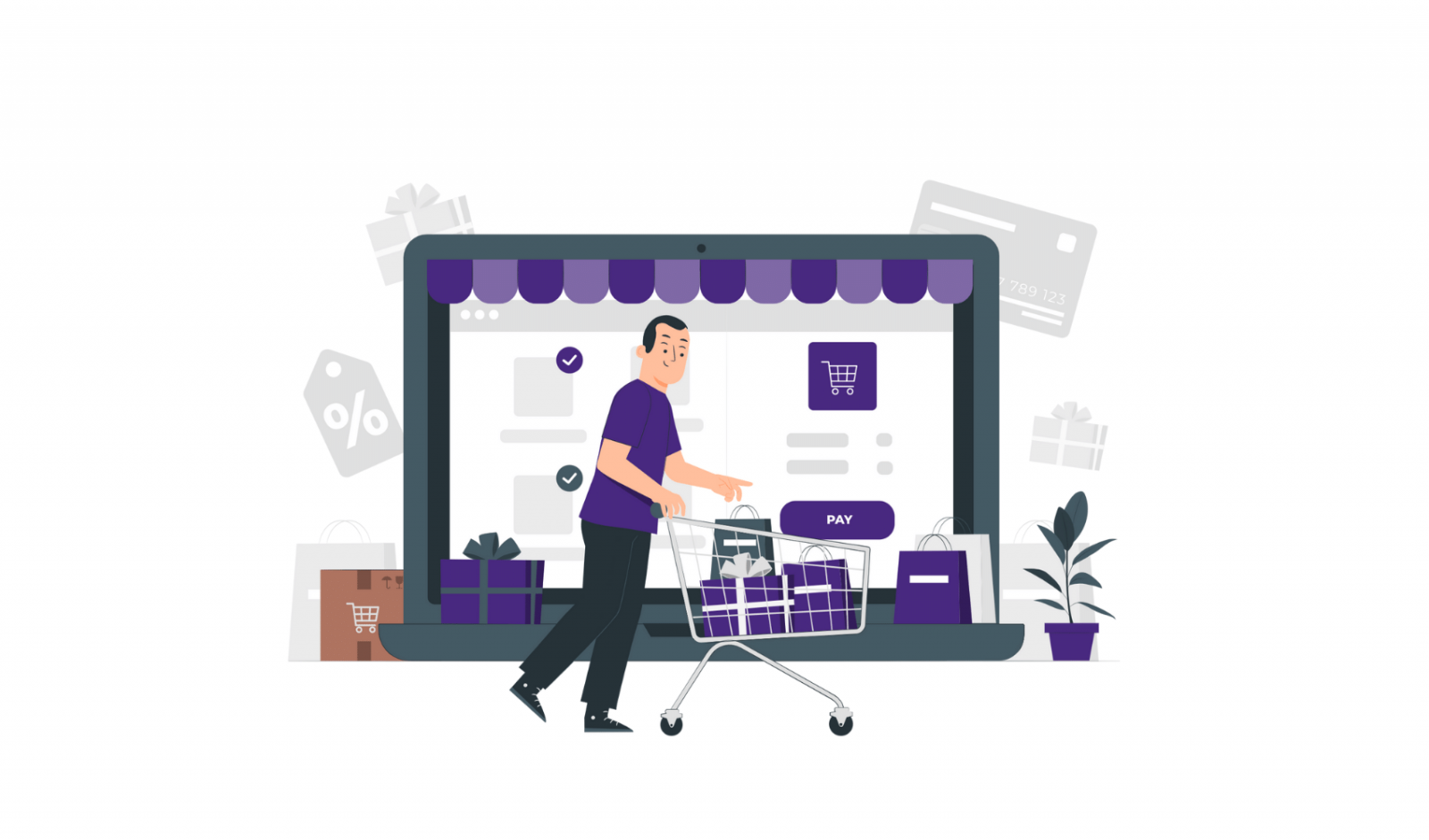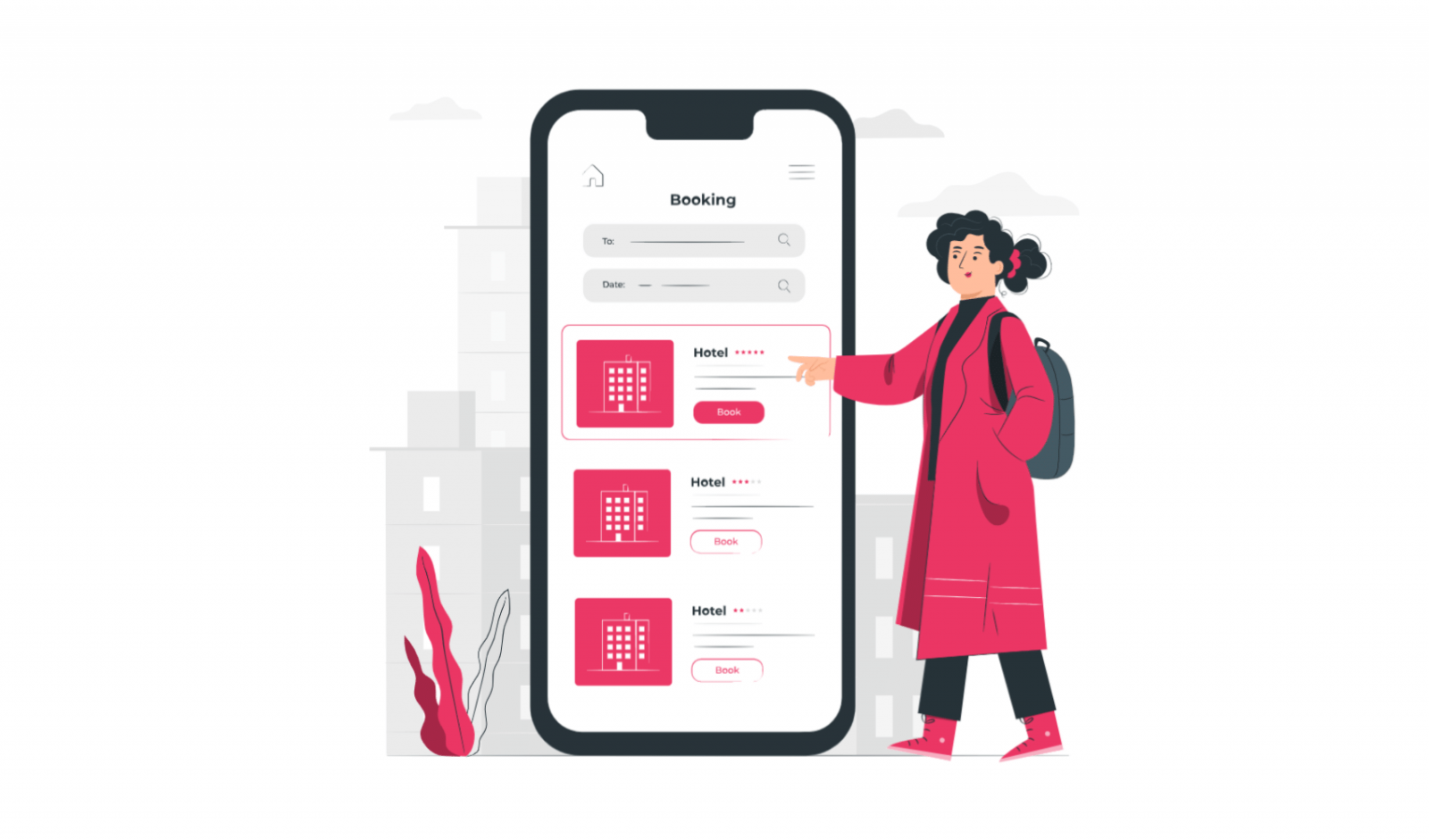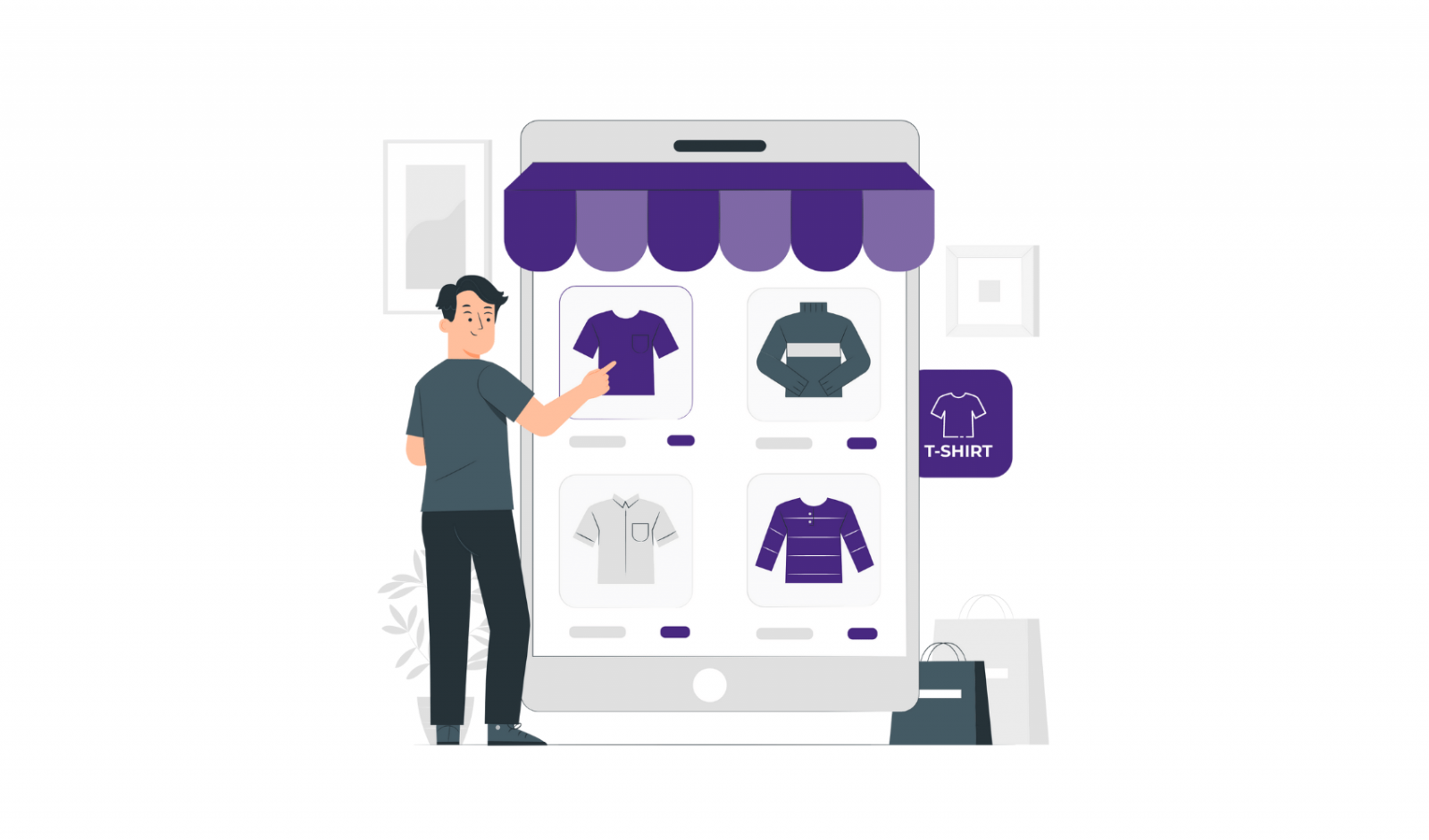Author: Chi Vo - Content Writer
With the numerous benefits of selling products through an online platform, it is critical for businesses to digitalize their operations and adopt e-commerce. According to Statista, worldwide retail e-commerce sales reached 5.7 billion US dollars in 2022 and are expected to reach 8.15 billion dollars in 2026. What an incredible figure!
If you own a business, having an e-commerce site can help you get a piece of that massive market share. With VNEXT Global, you will learn how to build an e-commerce website from scratch in only seven steps. Let's get started!
Step 1: Build a strategy for your products and websites
Creating a website entails more than just creating an online store. You must also examine your budget, what you will sell, and how you will market your products.
First, consider the products that will be sold. If you haven't decided on your items yet, start with your interests. When you're informed and enthusiastic about the items you're selling, you'll automatically be more successful. Reduce competition by focusing on a certain area.
Then, look at popular products in your preferred area. Read competitor reviews to identify their strengths, faults, and how you can compete with them. Make a thoughtful and strategic selection regarding the items you intend to display on your e-commerce website.
After you've decided on your products, conduct extensive market research and develop a complete marketing strategy. Consider your target demographic and how you will reach them to help form your e-commerce site's vision.
Next, explore SEO keywords, develop your brand voice, and, if you haven't already, start developing a social media presence. To increase sales, investigate paid ads and different e-commerce tactics. A strategy will provide you with a planned approach to launching your online store.
The final stage is to plan your budget. Set a budget for the long-term development of your online store. The payment includes domain registration, hosting, and website marketing expenses. Besides, some possible costs are templates, security control, plug-ins, and website coding team models.
Step 2: Determine your domain name
A domain name gives credibility to an e-commerce website. Begin with a domain name that will help customers identify your website. Select a name that is short, simple, and simple to type. Additionally, it is essential to avoid domain names that are too similar to those already in use, since this might result in traffic and revenue loss.
Then, see whether your domain is still available. Choose one of the suggested alternatives if the desired domain name is not available.
A web host can assist you in purchasing a domain name. However, registering the domain directly from the e-commerce website builders you choose for your website is preferable if possible.

Step 3: Decide on your CMS (content management system)
A content management system is the core of every website (CMS). There are numerous content management systems to select from, ranging from open-source platforms like WordPress to complete website builders like Shopify or Squarespace. Which is best for you and your online business will be determined by your finances, skills, and specific e-commerce requirements.
The following are the most widely used content management systems for e-commerce websites:
- WordPress: The world's most popular CMS, as well as easy to customize.
- Shopify is an excellent e-commerce platform for starting a dropshipping business.
- Squarespace is the best choice for beginners who wish to quickly create a great website without any prior web design knowledge.
- Square Online is ideal for existing shops that want to sell in-person and online.
- Wix is a one-stop e-commerce website builder that is both simple to use and highly configurable.
Step 4: Choose your website theme or templates
After choosing your e-commerce website builders, your website's theme is the first consideration you must make. Templates are often pre-made themes that provide an uniform appearance and feel to your website. Whether you're constructing an e-commerce website with WordPress, Shopify, Wix, or any other platform, you will have access to a vast selection of pre-made templates and themes.
Some elements to consider when selecting a theme are as follows:
- Fit your displayed items' tone
- Rapid load times
- Mobile and user friendly
- Positive feedback
- Budget (consider between free and paid solutions)
Keep in mind that, while most platforms provide free templates, some also provide paid (or premium) templates. WordPress and Shopify, for example, both offer premium themes ranging in price from roughly $30 to over $200. The advantage is that many offer more original designs, that can help small businesses that desire a specific look save time personalizing their selected theme.

Step 5: Personalize Your Site and Create Web Pages
After you've discovered the ideal displayed theme or template for your web store, you can start modifying it. This is where you will update your header and footer, set up your site's navigation, and create pages ranging from the homepage to a product listing page, product detail page, and refund & return page.
Step 6. Make a Product Listing Page
A product listing page is essential for any online store. So, once you've finished building your website, the next step is to establish your product catalog, which will include all of your products, from obsolete to in-stock products. During this process, make sure to arrange and categorize your listings so maintainers can be able to find and manage for your future site users.

Step 7: Install a Payment Gateway, Inventory, and Tax Software
Following the completion of your e-commerce website, there are a few crucial components of constructing an e-commerce site to attend to, ranging from the setup of a payment processor to the addition of inventory.
Select a Payment Gateway
Many online businesses use third-party technologies such as Stripe or PayPal to make the payment gateway selection and setup process easier and more secure. If you are forwarding the consumer to another website, make sure the data is securely encrypted before transferring it.
Consider the following while selecting payment integrations:
- How simple is it to include the tool into your platform?
- Is the tool safe?
- Is the software PCI compliant?
- What fees must you and the consumer pay?
Include Shipping
Shipping should be integrated with an e-commerce site if your platform enables it for a more smooth experience. It will also streamline operations, allowing you to concentrate on selling. However, before you integrate delivery, decide on your shipping rules, such as free delivery, variable fees, flat rates, and so on. In addition, you should set refund and return policies.
Step 8: Test, Deploy, and Go-live Your E-Commerce Site
Every feature on the site should function properly. Even 404 - not found web pages should be developed with the desired theme.
Test to see if you can add items to the cart and process payments. The majority of platforms will allow you to test payment processing without billing your credit card. Check to see if all emails are being delivered to the correct inboxes after a purchase is made or denied. Last but not least, examine how your site appears and performs on mobile devices. If feasible, test the site's performance in several web browsers.
After testing and double-checking everything, including product descriptions and category pages, you are ready to go live.
Announce the launch of your e-commerce site via social media, guest blogging on popular retail blogs in your industry, influencer marketing, and email lists. You can also use sponsored advertising on Facebook, Google, and other platforms if you have the funds.

Final thoughts
Building an e-commerce website can increase brand awareness and identity while also contributing to significant gross and sales income. When creating your own e-commerce website, you should put yourself in the users' shoes to understand and meet their needs. Building a website on your own is undoubtedly a hard and exhausting journey. If you require assistance, VNEXT Global, a leading web app development company in Vietnam, would gladly assist you.
If you are looking for a trusted IT partner, VNEXT Global is the ideal choice. With 14+ years of experience, we surely can help you to optimize your business digitalization within a small budget and short time. Currently, we have 400+ IT consultants and developers in Mobile App, Web App, System Development, Blockchain Development and Testing Services. We have provided solutions to 600+ projects in several industries for clients worldwide. We are willing to become a companion on your way to success. Please tell us when is convenient for you to have an online meeting to discuss this further. Have a nice day!
Author: Chi Vo - Content Marketing Executive












